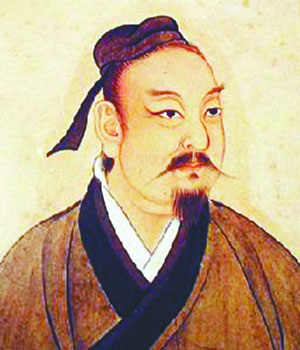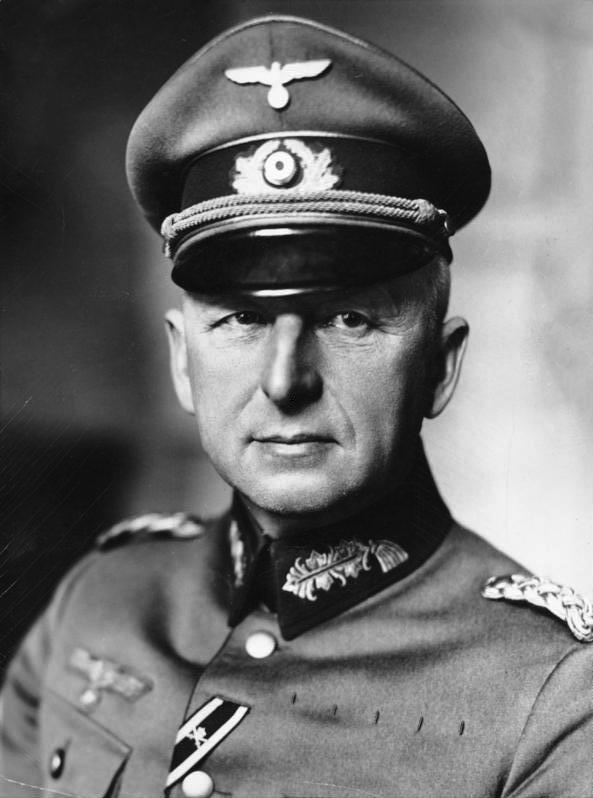Post by Bismarck on Apr 22, 2016 17:58:04 GMT
The city of Rome originated as a village of the Latini in the 9th century BC. It was initially ruled by kings, but the Roman Republic was established in 509 BC. During the 5th century BC, Rome gained regional dominance in Latium, and eventually the entire Italian peninsula by the 3rd century BC. The population of the city at this point is estimated at about 300,000 people.
With the Punic Wars, Rome gained dominance over the Mediterranean, displacing Hellenistic Greece as the dominant regional power for the next five centuries. The Roman Empire was established under Octavian in 27 BC, after Julius Caesar's conquest of Gaul, followed by a period of civil war. The city of Rome now surpassed a population of one million, likely the first city in history to reach this size (compared to world population of about 200–300 million at the time).
At the peak of Roman imperial power in the 2nd century, the population of the city numbered some 1.6 million, a size that it never attained again until its becoming the capital of the Republic of Italy in 1946; close to three percent of the population of the empire lived within its limits. Following the Crisis of the Third Century and the transfer of the imperial capital to Constantinople in AD 330, Rome entered a period of gradual decline.
After the collapse of the Western Roman Empire, Rome managed to hang on to the empire, still known as the Roman empire but long centered on the eastern Mediterranean, until the 8th century as the Duchy of Rome. But the city was reduced to a fraction of its former size, being sacked several times in the 5th to 6th centuries, in 546 even temporarily depopulated entirely. With the final loss of imperial control in Italy, Rome became the capital of the Papal States in medieval Italy. Papacy struggled to retain influence in the emerging Holy Roman Empire, and during the Saeculum obscurum, the population of Rome fell to as low as 30,000 inhabitants. Following the East–West Schism and the limited success in the Investiture Controversy, the Papacy did gain considerable influence in high medieval Europe, but with the Avignon Papacy and the Western Schism, the city of Rome was reduced to irrelevance, its population falling below 20,000.
Rome's decline into complete irrelevance during the medieval period, with the associated lack of construction activity, assured the survival of very significant ancient Roman material remains in the centre of the city, some abandoned and others continuing in use. Rome began to recover some importance in the late 15th and 16th century. The Sistine Chapel was restored in 1480 and decorated by Michelangelo in 1508–1512. Construction of the Apostolic Palace began in 1589. Construction of St. Peter's Basilica was begun in 1506, the most renowned work of Renaissance architecture. The Roman Renaissance was cut short abruptly with the devastation of the city in 1527, but the Papacy reasserted itself in the Counter-Reformation, and the city continued to flourish during the early modern period.
Rome was annexed by Napoleon and was technically part of France during 1798–1814. During the Italian unification in the 19th century, the Roman Question referred to the status of Rome under the temporal power of the popes. Rome was declared the capital of the kingdom of Italy on 27 March 1861, but the Italian government could not take its seat there because it was defended by a French garrison. Rome was eventually captured in 1870, and the dispute was finally resolved with the Lateran Pacts of 1929 establishing the Vatican State. Rome served as the capital of the Italian Empire and Fascist Italy from 1870 to 1943. During this period, population hextupled from about 250,000 to 1.5 million. The Palace of Justice was completed 1910.
Rome was under siege by the Allied invasion of Italy and was bombed several times. It was declared an open city on 14 August 1943. It became the capital of the Italian Republic (established in 1946), with a population of 4.4 million in its metropolitan area (as of 2015; 2.8 million within city limits)—one of the largest cities in Italy (after Milan, and roughly on par with Naples). It is among the largest urban areas of the European Union and classified as a "global city".
With the Punic Wars, Rome gained dominance over the Mediterranean, displacing Hellenistic Greece as the dominant regional power for the next five centuries. The Roman Empire was established under Octavian in 27 BC, after Julius Caesar's conquest of Gaul, followed by a period of civil war. The city of Rome now surpassed a population of one million, likely the first city in history to reach this size (compared to world population of about 200–300 million at the time).
At the peak of Roman imperial power in the 2nd century, the population of the city numbered some 1.6 million, a size that it never attained again until its becoming the capital of the Republic of Italy in 1946; close to three percent of the population of the empire lived within its limits. Following the Crisis of the Third Century and the transfer of the imperial capital to Constantinople in AD 330, Rome entered a period of gradual decline.
After the collapse of the Western Roman Empire, Rome managed to hang on to the empire, still known as the Roman empire but long centered on the eastern Mediterranean, until the 8th century as the Duchy of Rome. But the city was reduced to a fraction of its former size, being sacked several times in the 5th to 6th centuries, in 546 even temporarily depopulated entirely. With the final loss of imperial control in Italy, Rome became the capital of the Papal States in medieval Italy. Papacy struggled to retain influence in the emerging Holy Roman Empire, and during the Saeculum obscurum, the population of Rome fell to as low as 30,000 inhabitants. Following the East–West Schism and the limited success in the Investiture Controversy, the Papacy did gain considerable influence in high medieval Europe, but with the Avignon Papacy and the Western Schism, the city of Rome was reduced to irrelevance, its population falling below 20,000.
Rome's decline into complete irrelevance during the medieval period, with the associated lack of construction activity, assured the survival of very significant ancient Roman material remains in the centre of the city, some abandoned and others continuing in use. Rome began to recover some importance in the late 15th and 16th century. The Sistine Chapel was restored in 1480 and decorated by Michelangelo in 1508–1512. Construction of the Apostolic Palace began in 1589. Construction of St. Peter's Basilica was begun in 1506, the most renowned work of Renaissance architecture. The Roman Renaissance was cut short abruptly with the devastation of the city in 1527, but the Papacy reasserted itself in the Counter-Reformation, and the city continued to flourish during the early modern period.
Rome was annexed by Napoleon and was technically part of France during 1798–1814. During the Italian unification in the 19th century, the Roman Question referred to the status of Rome under the temporal power of the popes. Rome was declared the capital of the kingdom of Italy on 27 March 1861, but the Italian government could not take its seat there because it was defended by a French garrison. Rome was eventually captured in 1870, and the dispute was finally resolved with the Lateran Pacts of 1929 establishing the Vatican State. Rome served as the capital of the Italian Empire and Fascist Italy from 1870 to 1943. During this period, population hextupled from about 250,000 to 1.5 million. The Palace of Justice was completed 1910.
Rome was under siege by the Allied invasion of Italy and was bombed several times. It was declared an open city on 14 August 1943. It became the capital of the Italian Republic (established in 1946), with a population of 4.4 million in its metropolitan area (as of 2015; 2.8 million within city limits)—one of the largest cities in Italy (after Milan, and roughly on par with Naples). It is among the largest urban areas of the European Union and classified as a "global city".









